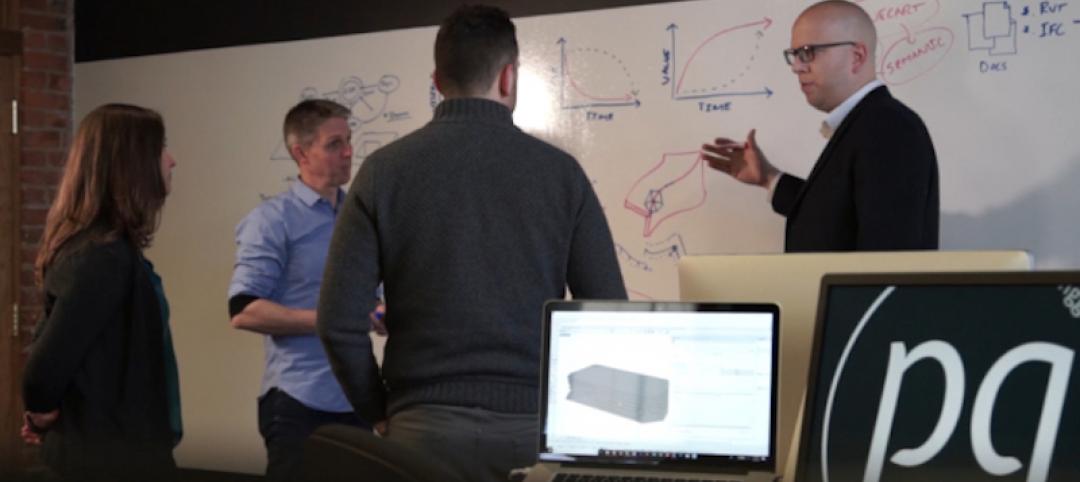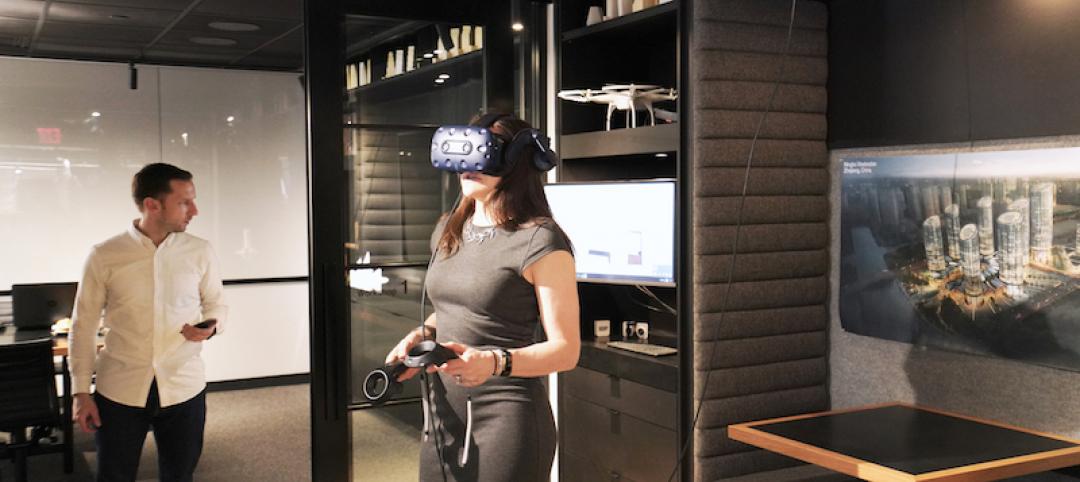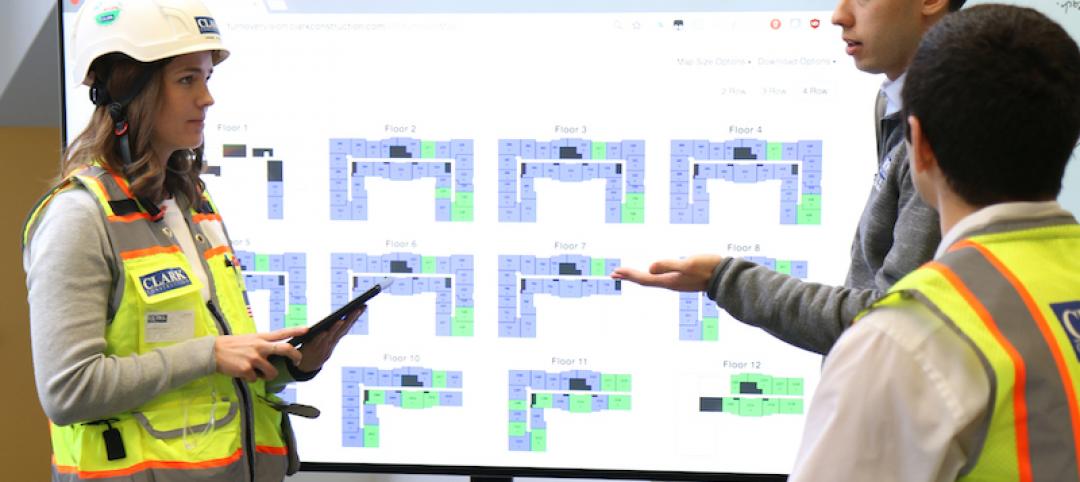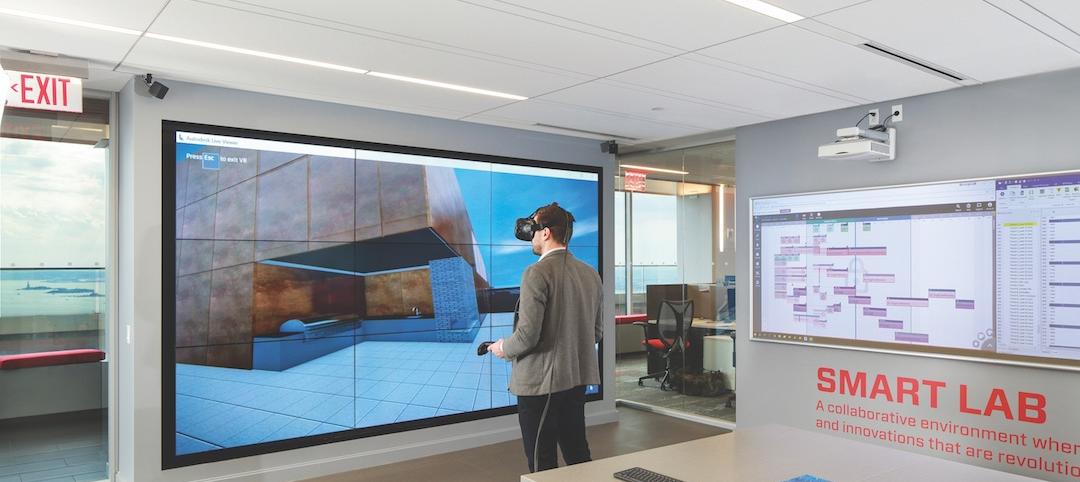Like a game Snake come to life, a new robot being developed at Stanford grows like a vine and has the ability to weave through tight spaces to provide applications from disaster relief to simplifying construction projects.
The main idea behind the robot is uncomplicated; the “snake” is a tube of soft thin plastic that is folded inside itself. As the material is forced out, either pneumatically or hydraulically, the robot grows longer. According to Stanford, the robot’s design is so useful because the tip moves and results in growth while the body remains stationary, making it incredibly difficult for the robot to become stuck.
“The body can be stuck to the environment or jammed between rocks, but that doesn’t stop the robot because the tip can continue to progress as new material is added to the end,” says Elliot Hawkes, a visiting Assistant Professor from the University of California, Santa Barbara in a Stanford article on the robot.
As the robot grows, it can pull cables along, which means it could be used in the construction industry to help wire new and renovated buildings by traveling in the walls, floors, or ceilings. The robot can make turns via a control system that differentially inflates the body and a software system bases direction decisions on images received from a camera at the tip, so pipes or other obstacles already located in the wall, ceiling, or floor space become non-issues.
Other applications include scaling the robot up for search and rescue operations, growing vertically to act as an antenna, or being used to deliver materials, such as water, to hard to reach places.
The robot is detailed in a Science Robotics paper published on June 19.
Related Stories
Augmented Reality | May 30, 2018
HoloLens used as wayfinding device to guide blind people through complex buildings
Neither training nor modification of the physical environment are required to use the system.
Architects | May 14, 2018
4 tactics for our digital transformation
While our technology is becoming more advanced, the fundamental processes at the core of design and construction businesses have largely remained unchanged for decades.
Virtual Reality | May 8, 2018
‘Bespoke’ VR apps give Woods Bagot an edge in presenting design ideas
The architectural firm is finding that some clients respond quicker to proposals as a result.
Architects | Apr 16, 2018
Is the AEC industry ready to shake off its retrograde image?
Technology has been and always will be perceived as a source for wonder and worry.
Building Technology | Apr 10, 2018
A jobsite dashboard is helping Clark Construction take the drudgery out of managing punch lists
Turnover Vision is the latest example of Clark digitizing its construction management process.
Contractors | Apr 9, 2018
Tech Report 5.0: Smart(er) Jobsites
Real-time construction analysis, just-in-time materials delivery, digital production planning systems—these are just a few of the novel approaches construction firms are implementing to take control of their jobsites.
Building Technology | Apr 9, 2018
Autodesk opens its Forge platform, encouraging more suppliers to build onto it
The goal is to further streamline the construction process, from design to commissioning.
Architects | Apr 5, 2018
Tech Report 5.0: The Human Touch
Can studying humans at a behavioral level produce better buildings? Cognitive architecture experts are working to find out.
Building Technology | Apr 4, 2018
Tech Report 5.0: Digital Immersion
Indoor digital media changes the identities of buildings by stimulating occupant interaction.
Building Technology | Apr 3, 2018
Tech Report 5.0: AI Arrives
From construction scheduling to risk management, AEC firms see promise in budding artificial intelligence platforms geared for commercial building projects.
















